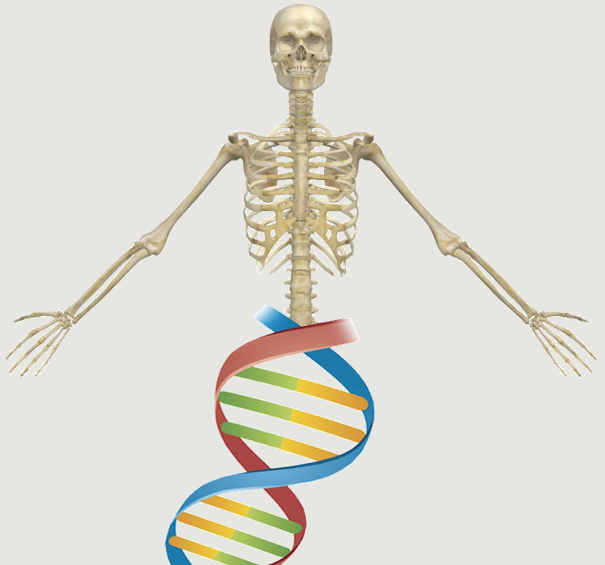Abstract:
Although much is known about the hormonal regulation of osteoblastic cell differentiation, much less is known about the nuclear regulatory molecules that affect this process. We analyzed the expression of several regulatory molecules of the helix-loop-helix (H-L-H) group in primary mouse calvarial cells and in MC3T3-E1 mouse osteoblastic cells in situations representing different degrees of cellular differentiation. H-L-H class regulators are known to participate directly in directing cell fate and differentiation decisions in other mesodermal lineages. Two of the molecules that we studied, Id and E12, have well-established roles in this process. The other, mTwi, the murine homolog of the Drosophila twist gene, is a newly cloned mammalian H-L-H gene. Levels of E12 RNA remained unchanged during differentiation. On the other hand, in both primary osteoblastic cells and MC3T3-E1 cells, the abundance of Id and mTwi declined with cell maturation; mTwi less dramatically than Id. That Id expression is causally related to differentiation is suggested by the finding that MC3T3-E1 cells transfected with an Id-expression plasmid fail to undergo differentiation. We conclude that helix-loop-helix regulatory genes are expressed in mouse osteoblastic cells, where they are likely to participate in differentiation. The E12 gene product is likely to function as a positive modulating factor. In contrast, Id inhibits differentiation, probably by sequestering other H-L-H gene regulators, including E12, in inactive complexes. The precise role of mTwi is more speculative at this time, but the observed pattern of expression is consistent with a role in early and midmesodermal specification that is terminated as cells differentiate.
Notes:
Murray, S S Glackin, C A Winters, K A Gazit, D Kahn, A J Murray, E J eng 5T32GM07616/GM/NIGMS NIH HHS/ AR 38168/AR/NIAMS NIH HHS/ Research Support, U.S. Gov't, Non-P.H.S. Research Support, U.S. Gov't, P.H.S. 1992/10/01 J Bone Miner Res. 1992 Oct;7(10):1131-8.
Website

